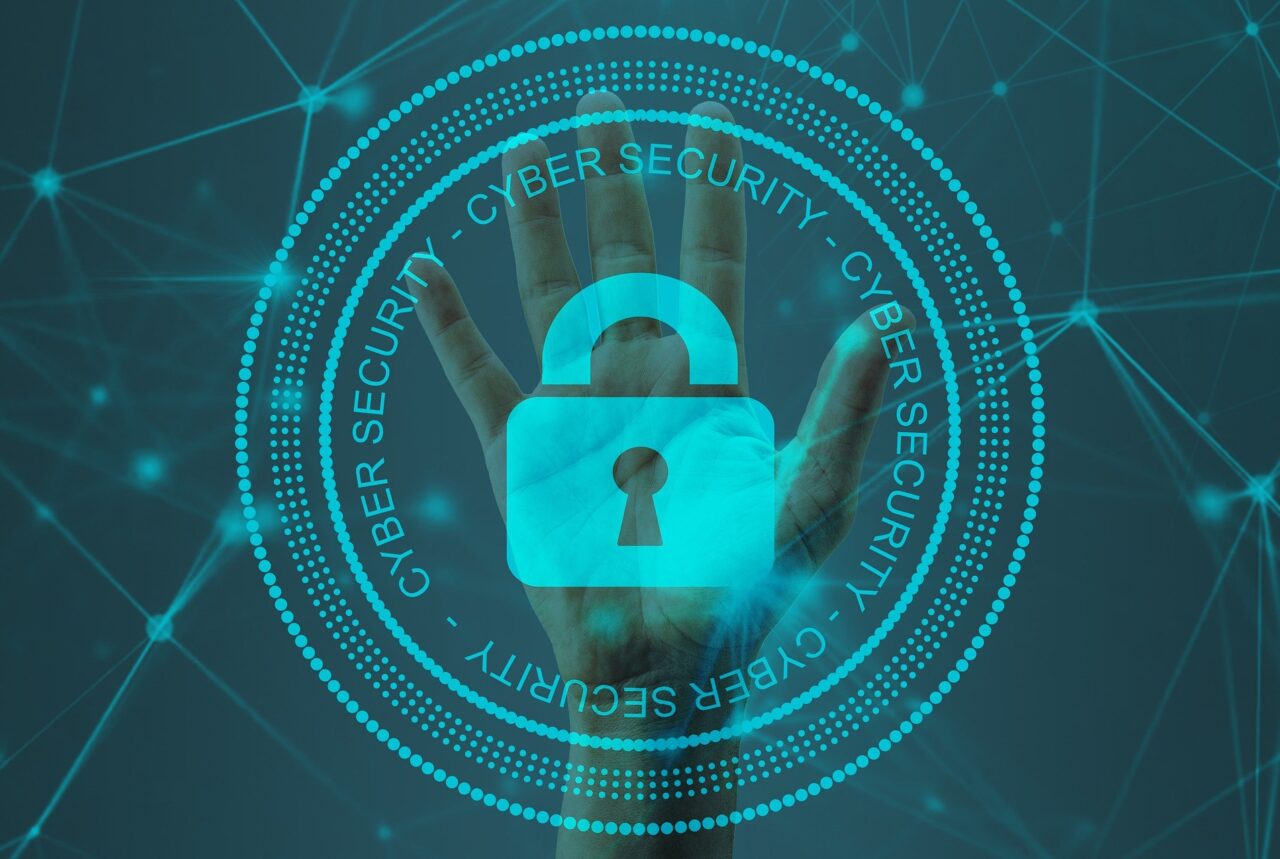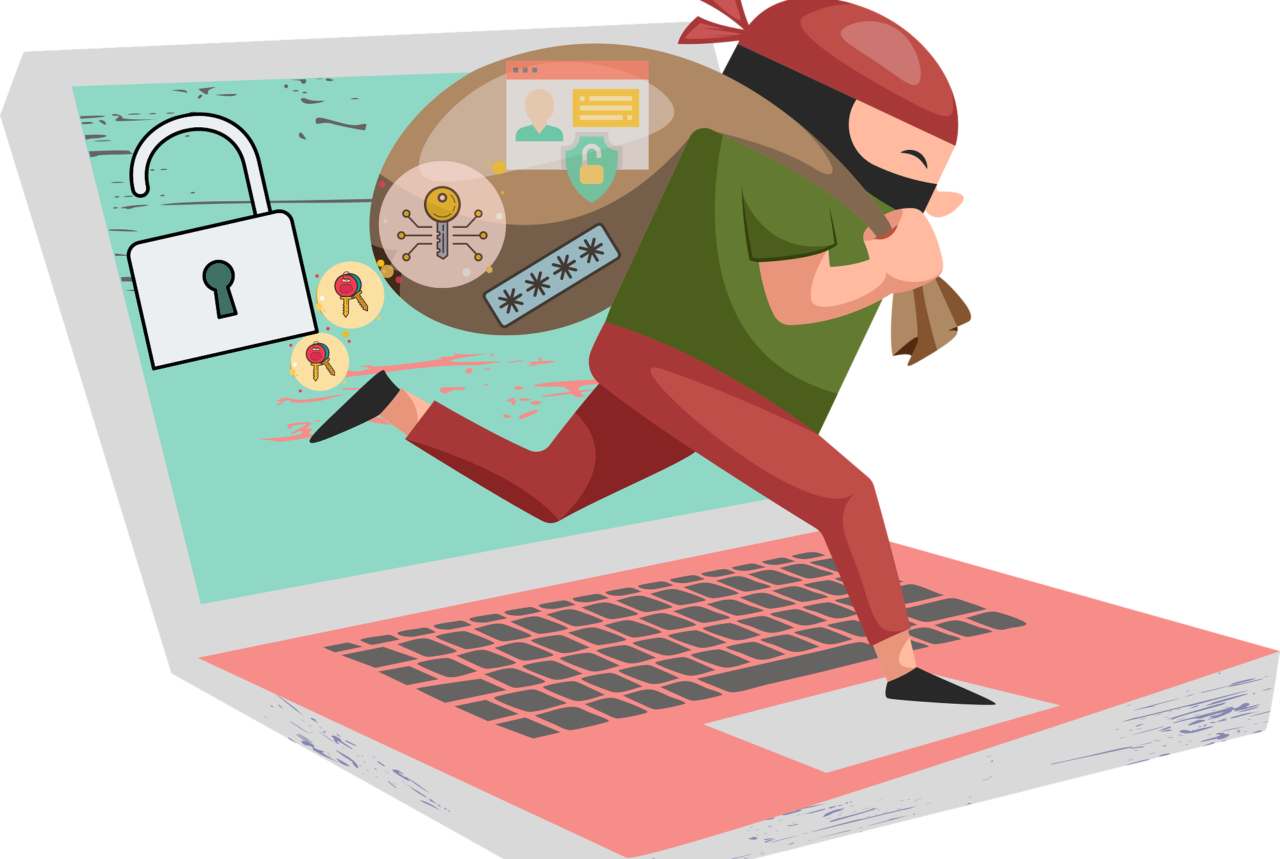Cybersecurity refers to the practice of protecting digital assets, such as computers, servers, networks, and data, from unauthorized access, theft, damage, or any other form of cyber threat. In today’s interconnected world, where technology plays a vital role in our personal and professional lives, cybersecurity has become a critical concern for individuals, businesses, and governments.
Here are some essential aspects of cybersecurity and measures you can take to protect your digital assets:
1. Strong Passwords: Use unique, complex passwords for all your accounts. Avoid using easily guessable information such as names, dates of birth, or common words. Consider using a password manager to securely store and manage your passwords.
2. Multi-Factor Authentication (MFA): Enable MFA whenever possible. This adds an extra layer of security by requiring additional verification, such as a code sent to your phone, in addition to your password.
3. Regular Software Updates: Keep your operating systems, applications, and antivirus software up to date. Software updates often include patches for security vulnerabilities and help protect your system from the latest threats.
4. Firewalls and Antivirus Software: Install and maintain a reliable firewall and antivirus software to detect and block malicious activities on your devices. Regularly scan your system for any potential threats.
5. Secure Wi-Fi: Use encrypted Wi-Fi networks and change the default passwords on your routers. Avoid using public Wi-Fi networks for sensitive transactions or use a virtual private network (VPN) to create a secure connection.
6. Phishing Awareness: Be cautious of suspicious emails, messages, or calls that may attempt to trick you into revealing sensitive information. Avoid clicking on links or downloading attachments from unknown or untrusted sources.
7. Data Backup: Regularly backup your important data to an external storage device, cloud service, or offline backup. This ensures you can recover your data in case of a cyber incident like ransomware or hardware failure.
8. Privacy Settings: Review and adjust the privacy settings on your social media accounts, devices, and applications to limit the amount of personal information shared and the access granted to third parties.
9. Education and Awareness: Stay informed about the latest cybersecurity threats, trends, and best practices. Educate yourself and your employees about the importance of cybersecurity and how to identify and respond to potential risks.
10. Incident Response Plan: Develop an incident response plan to handle cybersecurity incidents effectively. This plan should outline the steps to be taken in case of a breach, including isolating affected systems, notifying authorities, and communicating with affected parties.
Remember, cybersecurity is an ongoing process, and it requires a proactive approach. By implementing these measures and staying vigilant, you can significantly reduce the risk of falling victim to cyber threats and protect your digital assets.







